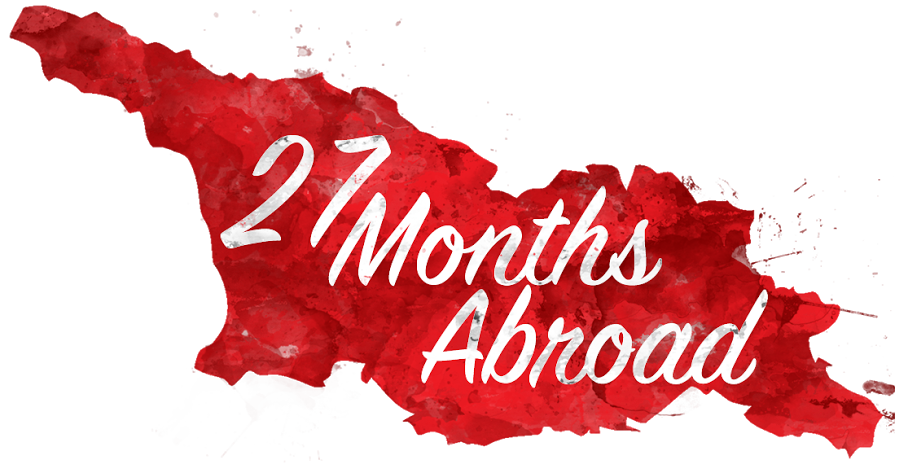This month, my organization, three other Peace Corps Volunteers, and I hosted a Youth Empowerment Summit in Kutaisi, Georgia. In fact, there were three other summits that took place this Spring. It was all inspired by our training last November. Peace Corps held a Training of Trainers (ToT) for 20 Peace Corps Volunteers, selected World Vision staff, and some youth in Tbilisi last November. All the Peace Corps Volunteers that are on official programmatic committees were invited to attend. Since I’m on the Gender Equality committee and partnered with World Vision, I was invited to this training. We learned the importance of clubs and volunteerism. The objective of our training was for us to hold summits for the youth in our communities on how to create and sustain clubs.

During the week-long training, we practiced presenting various topics that might be useful for the youth. Session topics included: leadership skills, collaboration, volunteerism, asset identification, and more. I really appreciated that after our training, Peace Corps provided us with resource books on these topics. Our post also invested in these resources since they also translated the books to Georgian so our counterparts can also take advantage and utilize the books.

The ToT was essentially organized by the regions that the World Vision Georgia offices are located in. Since World Vision works with youth and is a leading non-profit in this field, Peace Corps invited and requested them to be our partnering organization for the summits. As you may recall from this post, our Peace Corps projects are always partnered with the community’s leaders, schools, or organizations. However, my region has so many volunteers, it was decided to split my region into two groups. Thus, that is how we ended up with the four groups.

Thus, for the months leading up to May from November, my small group have been working hard to replicate some of the Training of Trainers elements into a Youth Empowerment Summit. The goal to create and sustain clubs beautifully complements Peace Corps’ and the Ministry of Youth and Sports in Georgia’s. Both the Peace Corps and the Ministry know that when the youth participate in clubs, they are more active citizens. The sense of achievement in clubs could easily bleed into other parts of their lives and help develop skills in the future.

Together with my other Peace Corps Volunteers, we wrote a Let Girls Learn Grant for this project. We focused on developing leadership, communication, and collaboration skills that are needed for club development. We created activities that would identify their assets and their interests in creating a meaningful club. Essentially, we wanted to make sure that the event was fun as well as impactful. In the end, we invited 9 Peace Corps volunteers along with 19 youth to participate in the two-day, two-night summit.
One of the biggest challenges with trainings like these is teaching the creative and critical concepts. I’ve noticed that the youth do not have the language that American youth use- and I’m not talking about the difference between Georgian and English. Georgian youth tend to have a more difficult time understanding certain creative concepts. For example, many of them have a hard time identifying personal assets. They do not grow up in a society that values every little achievement wrapped with “you are so special” cocktail mix.

Most Georgian youth in schools are taught to memorize Georgian poems and recite other facts. There is little room for creative projects that imparts critical thinking. Thus, asking the youth this weekend to “create a sustainable club” was not an easy feat. For many, it was the first time in their lives that they had to truly create something original and not replicate or summarize someone’s else work. Which is why opportunities like these trainings are so important.
Our summit helped some youth to think “outside the box” to create clubs that their peers would enjoy participating. Some of the youth with their respective Peace Corps Volunteers will be implementing their clubs soon. However, most will be creating them for the upcoming school year. Thus, wish them luck on this journey!



